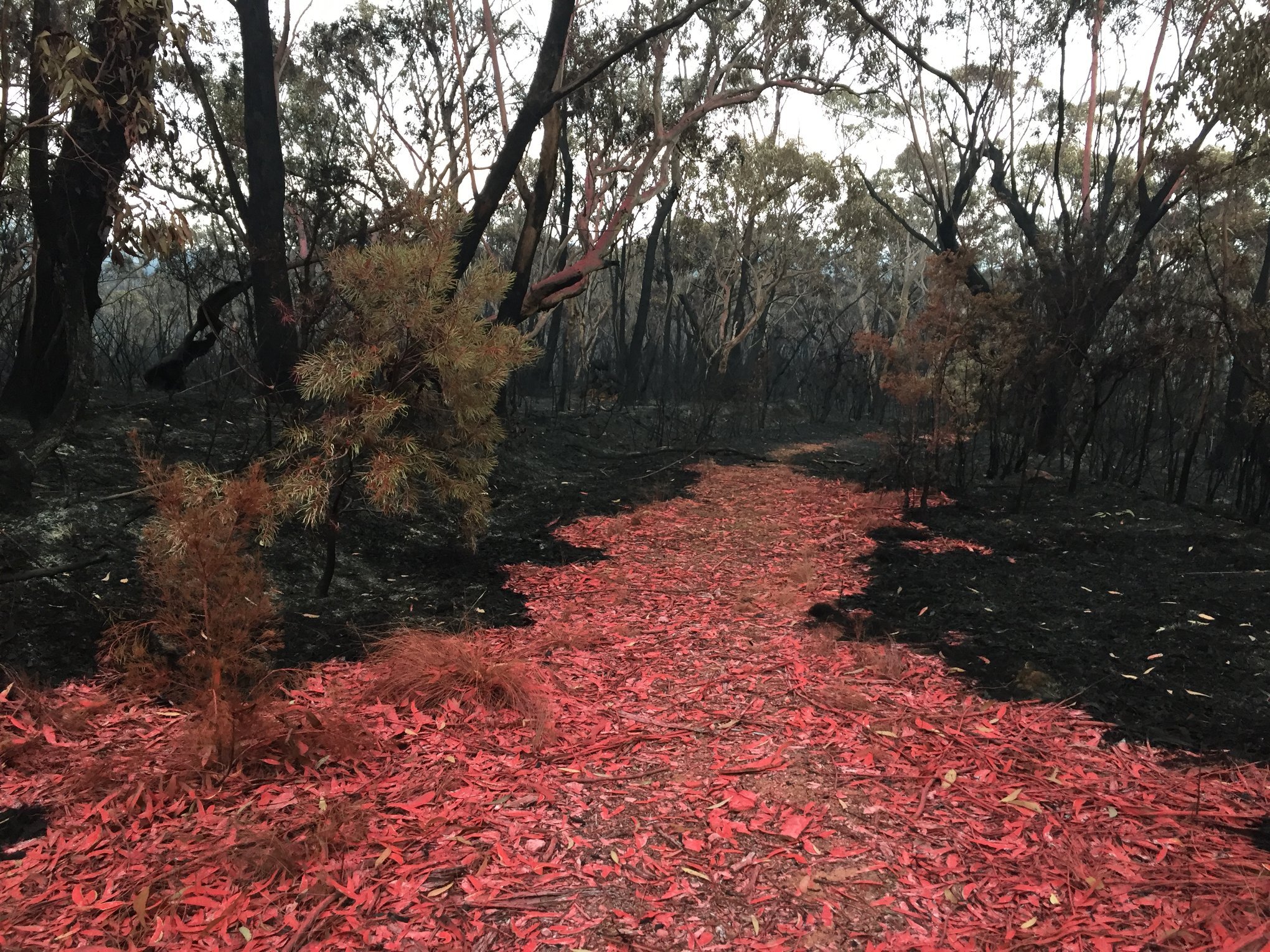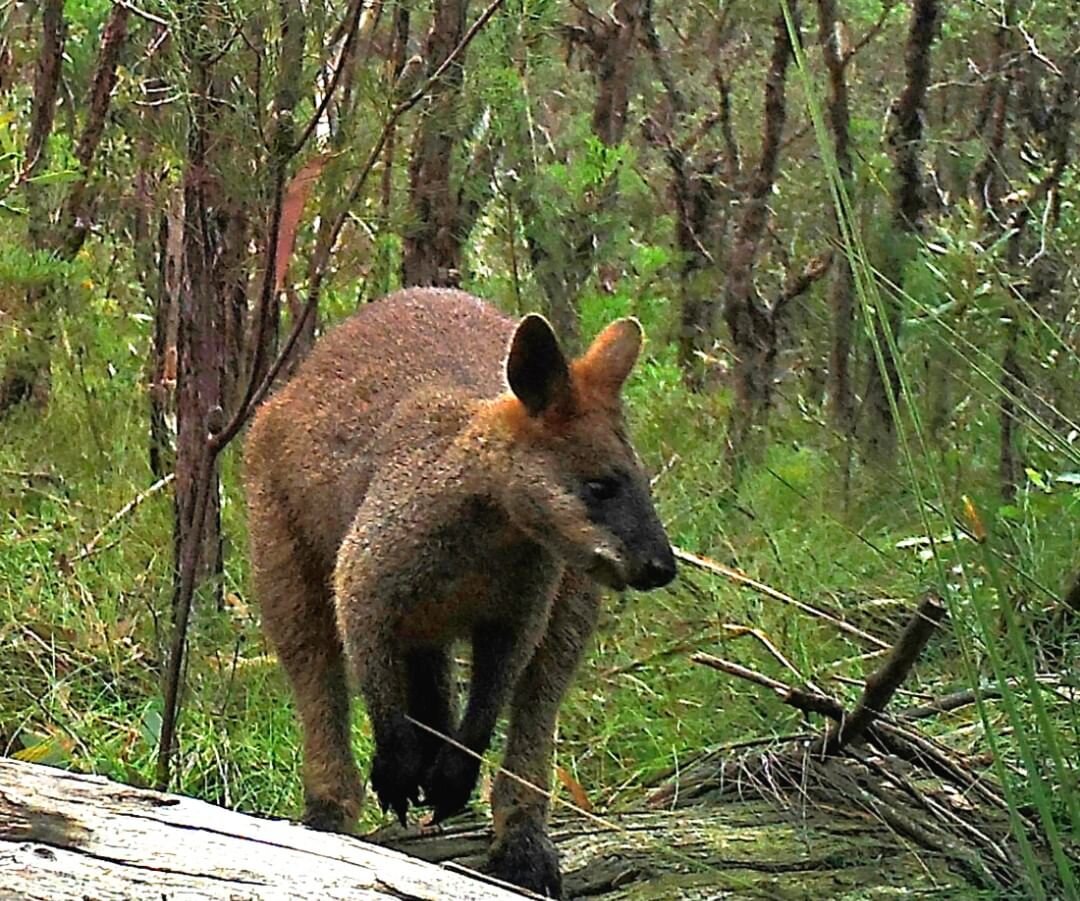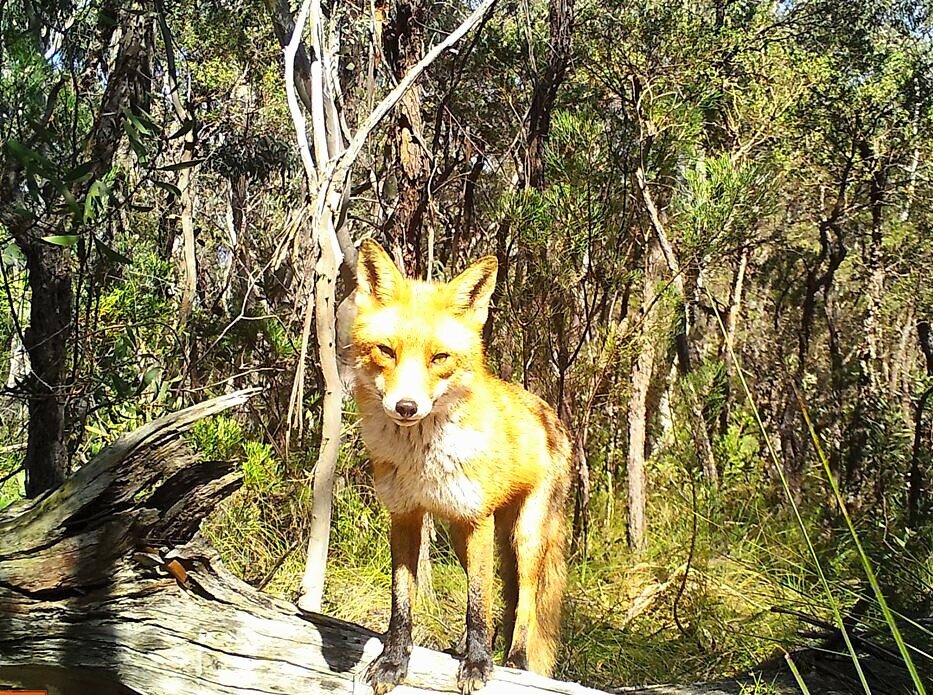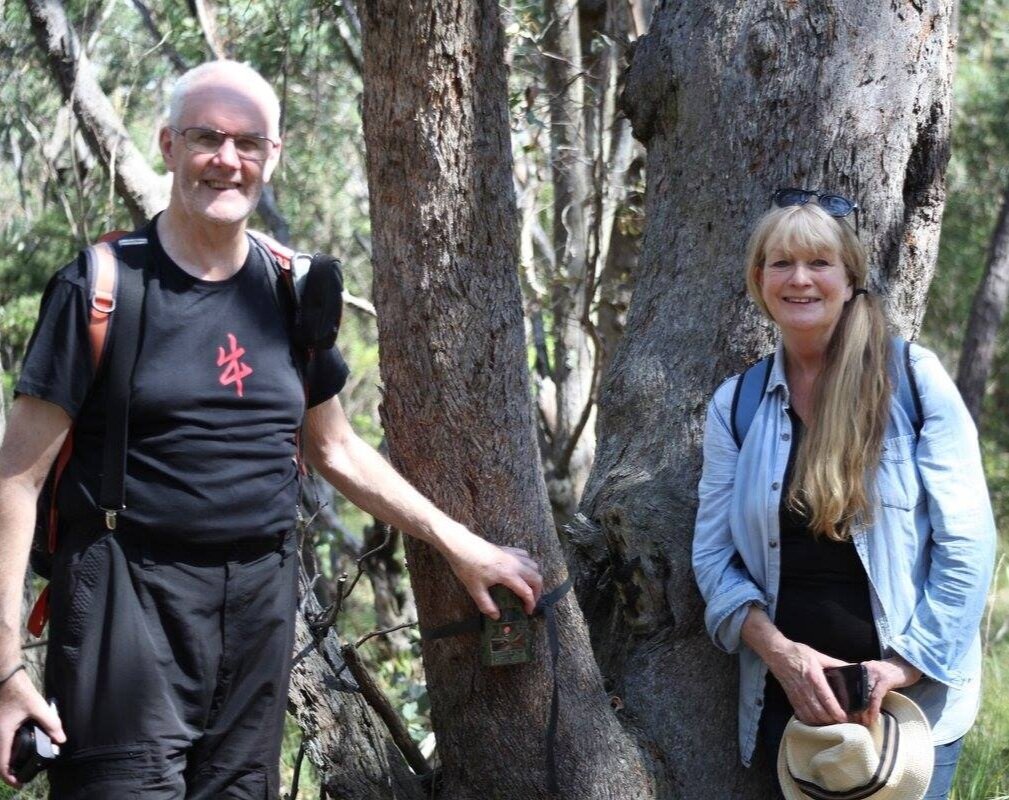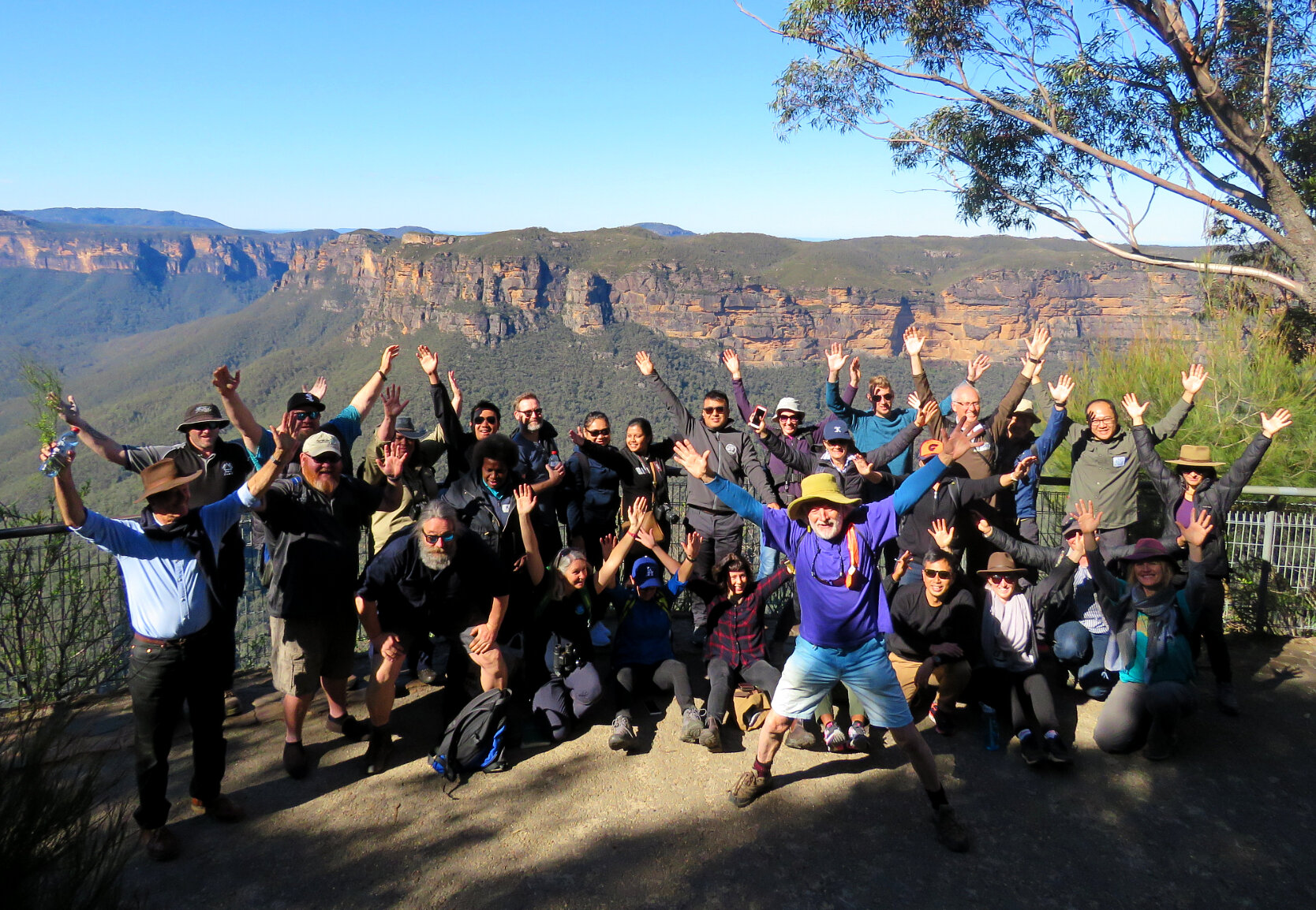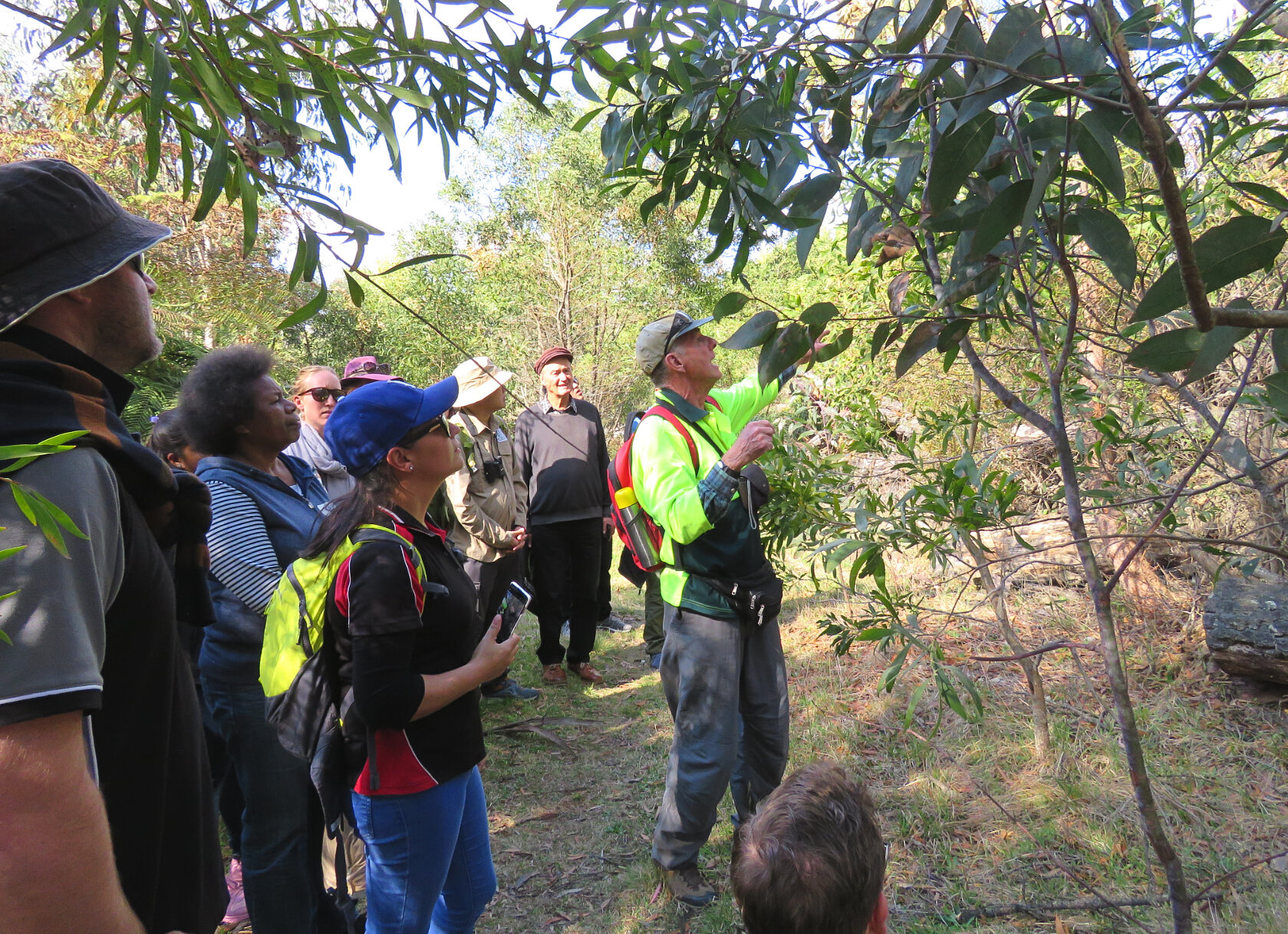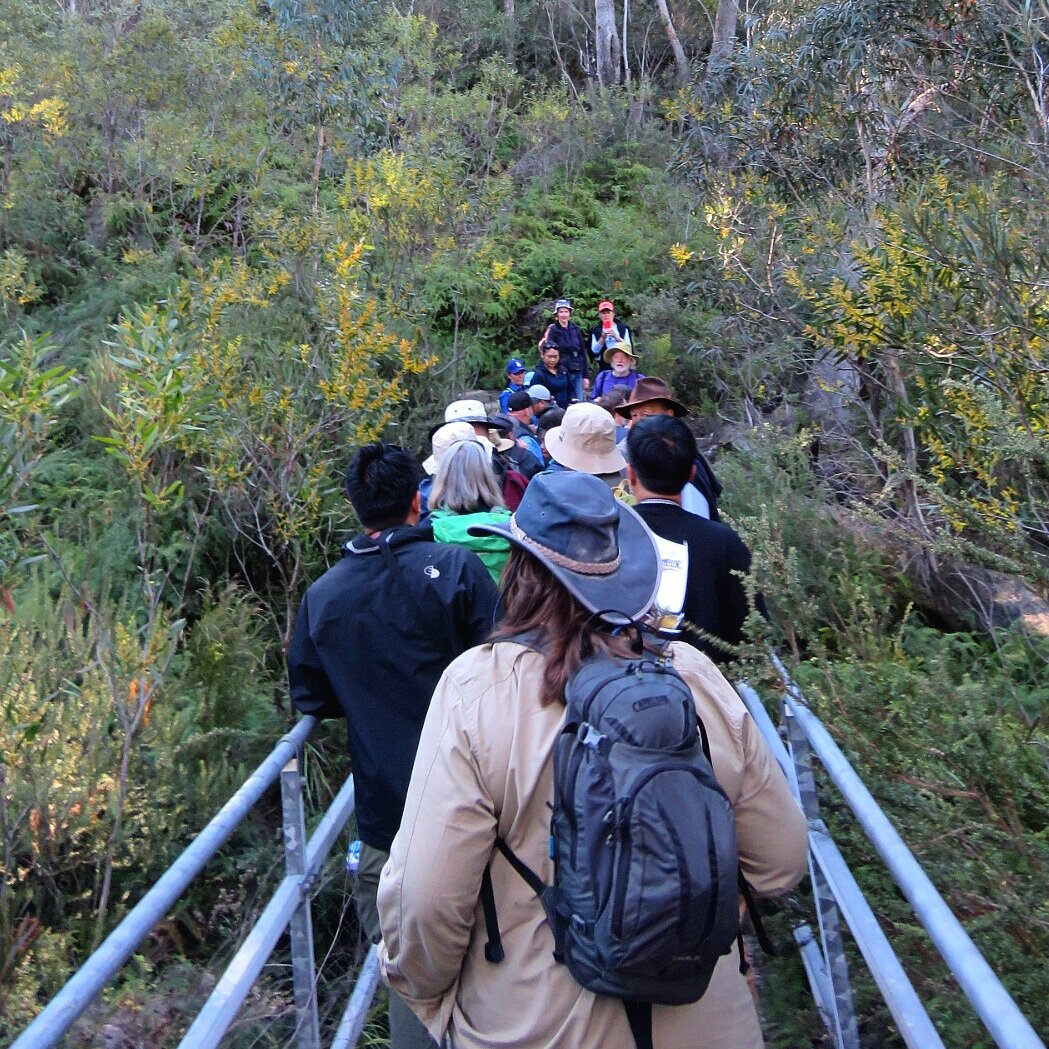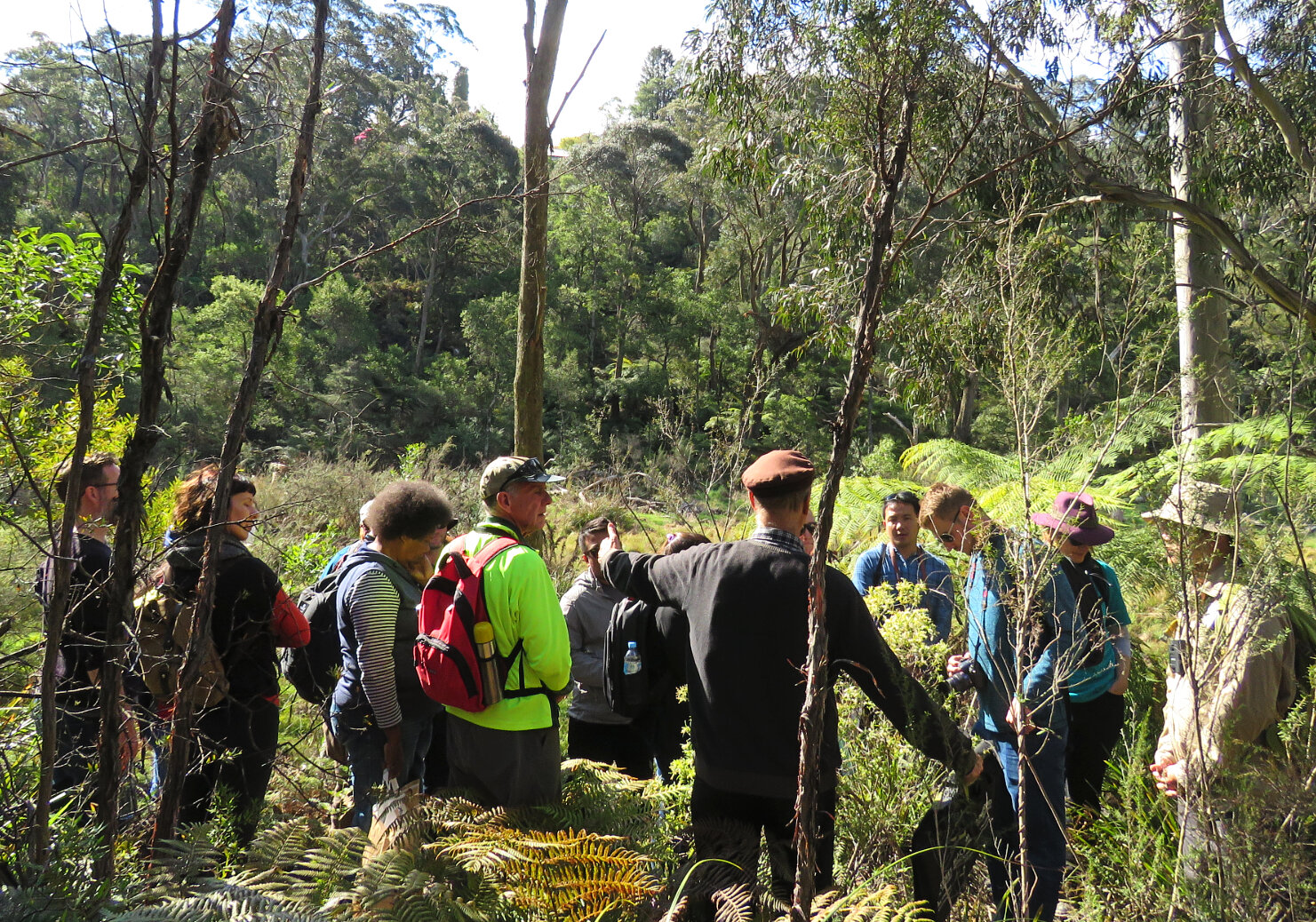The past year has been one of rapid expansion for the Institute, including internationally. It has also been a year of growing concern about the increasingly vulnerable state of wildlife and ecosystems under climate change.
Uncontrollable bushfires in the Greater Blue Mountains World Heritage Area have burnt over two-thirds of the site to date (about 700,000 hectares), and four million hectares across NSW.
We gratefully acknowledge the extraordinary efforts of our partners at the NSW National Parks and Wildlife Service and the NSW Rural Fire Service in protecting life, property and the natural environment, as well as maintaining up-to-date communications with local communities. We also recognise people involved in rescuing and rehabilitating wildlife, including the rescue and treatment of local koalas by Science for Wildlife.
We remain committed to helping monitor the impact of the fires, as well as helping mitigate against future impacts.
The fires also came at a time of rising public concerns about the environmental and cultural impacts of large-scale urban developments in Western Sydney and the proposed raising of the Warragamba Dam wall. These concerns increase the urgency of the Institute’s work in engaging science, Indigenous knowledge, local communities and government.
Some highlights of our work in 2019 are outlined below.
Citizen science: Ecological monitoring
This project uses the power of citizen science to monitor the impacts of climate change, including drought and fire, on flora and fauna close to the Blue Mountains urban-bush interface.
Since this project began in 2018, we have expanded to three sites including the original site at Scenic World in Katoomba plus two new sites along the Fairfax Track in Blackheath and trails around the Conservation Hut in Wentworth Falls. Many thanks to the National Parks and Wildlife Service visitor centre at Blackheath for providing support for the project and a base from which to operate.
The data collected at these sites has been regularly uploaded onto the CSIRO’s BioCollect database for ongoing analysis. There are now plans to expand the monitoring to the Wolgan Valley, and to lower altitudes near Glenbrook, Springwood and Lawson in 2020.
Archaeological research: Mining history of the Jamison Valley
In early December the Ruined Castle fire burnt through the 19th-century mining village site of our archaeological survey and ongoing investigation into the mining history of the Jamison Valley.
As soon as we are able to access this site again, we will continue this work and assess the damage from the fire. We are supporting an ARC linkage grant application to commence further research at this site in 2020.
Managing risk: Fire Stories
Our Fire Stories documentary series aims to help people understand, respond and adapt to the increasing threat of bushfires.
The first film, Fire Stories: A Lesson in Time, highlighted the lessons learned from the 1957 bushfires that devastated the townships of Leura and Wentworth Falls. The second film in the series, Fire Stories: Living with Risk, was launched in August 2018 to an audience of over a thousand at the Hub in Springwood, and focused on community response to the 2013 fires which destroyed over 200 houses in Winmalee.
A third film Fire Stories - Managing Risk is being planned for 2020 to explore strategies for managing the increasing risk of bushfire under conditions of climate change. The film will be produced in collaboration with our ongoing sponsoring partners, the NSW National Parks and Wildlife Service and the NSW Rural Fire Service.
Capacity building: Adaptive Management for Conservation
Over the past three years, in partnership with the Protected Areas Learning & Research Collaboration (PALRC), the Institute has offered a five-day intensive training program in the Blue Mountains on adaptive management, based on the internationally recognised Open Standards for the Practice of Conservation. The course provides the opportunity for protected area managers from across Australia and the Asia-Pacific region to undertake an immersive learning experience to develop an understanding of the theory and practice of adaptive management.
Our most recent course was held in September 2019 (pictured below) and our next course is planned for September 2020.
We have also recently commenced a partnership with the Conservation and Environment Protection Authority (CEPA) of Papua New Guinea, funded by the United Nations Development Program (UNDP) to deliver a capacity building program for a new network of protected areas in PNG. This exciting partnership began in late 2019 and will continue throughout 2020.
Sustainable living solutions: Low Carbon Living
The Low Carbon Living (LCL) program aims to incentivise communities to reduce carbon and implement adaptation measures, promoting solutions for sustainable living and the development of circular economies.
In May 2019 we launched our expanded national Low Carbon Living Australia program at an expo in Sydney. This was the first of a series of parallel expos run in both Adelaide and Perth by the Cooperative Research Centre for Low Carbon Living. This national launch coincided with the institute establishing a partnership agreement with the Queensland Chamber of Commerce and Industry to trial the Low Carbon Living program in Far North Queensland from July 2019. The trial will run for a year and, if successful, will lead to the expansion of the program to a number of other regions across Queensland.
The rapid growth of LCL from its beginning in 2016 as a pilot program in the Blue Mountains to becoming a dynamic national program in 2019, has led the BMWHI Board to recommend the establishment of a separate ‘not-for-profit’ organisation to manage the national LCL program. This new entity was registered in July 2019 and efforts are underway to establish a new board of directors for Low Carbon Living Australia.
Acknowledgements
Maintaining a consistent income stream is a constant challenge for not-for-profit organisations such as BMWHI. In the early years of the Institute our funding sources came primarily from government and university research budgets, which have in the past decade significantly declined. This has led to an increasing reliance on competitive grants and donations.
In this context, Scenic World’s philanthropic support over the past two years has proved vital to our ability to effectively achieve the outcomes outlined above. Through their innovative Scenic World Shared program, Scenic World’s partnership has enabled the continued growth and development of our programs, projects and our staff.
We also want to thank our members, the NSW National Parks and Wildlife Service and the Blue Mountains City Council, whose ongoing support and collaboration has been crucial to the success of our research and education programs over the past fifteen years.
And finally, a big thanks to all our volunteers and associates who contribute their valuable time, expertise and energy to our programs, who attend our events, participate in workshops and who make our work not only possible, but enjoyable.
Happy New Year,
The Blue Mountains World Heritage Institute team.


